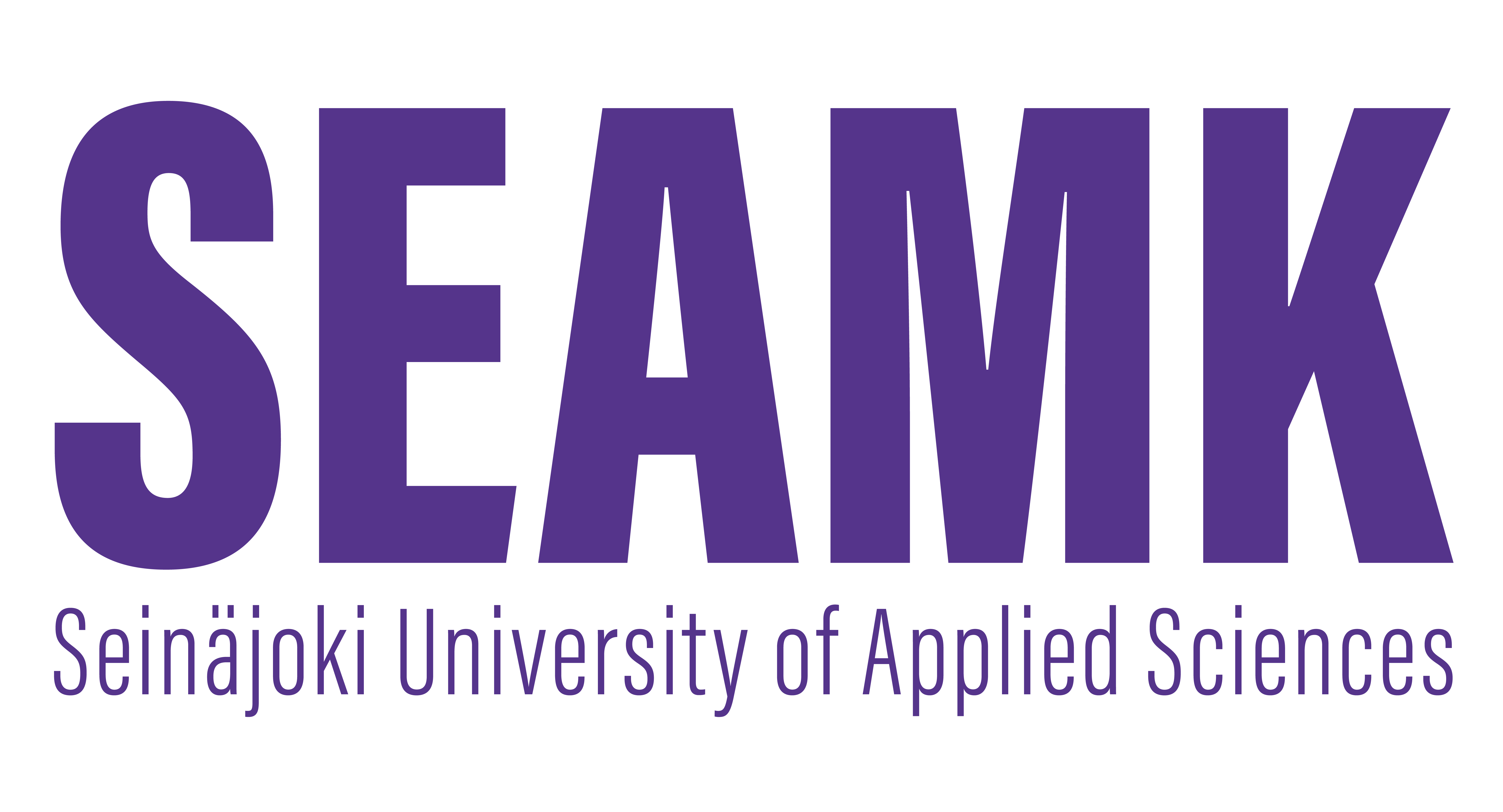Physiotherapy of the Respiratory and Cardiovascular Systems (6cr)
Code: BB00CA31-3003
General information
- Enrollment
- 14.11.2022 - 15.01.2023
- Registration for the implementation has ended.
- Timing
- 02.01.2023 - 03.03.2023
- Implementation has ended.
- Number of ECTS credits allocated
- 6 cr
- Local portion
- 6 cr
- Mode of delivery
- Contact learning
- Unit
- SeAMK Physiotherapy
- Campus
- SeAMK Seinäjoki, Kampustalo
- Teaching languages
- Finnish
- Degree programmes
- Bachelor of Health Care, Physiotherapy
- Teachers
- Maija Hiltunen
- Pirkko Mäntykivi
- Jutta Potila
- Course
- BB00CA31
Evaluation scale
1-5
Objective
Students will learn to:
- explain the function of the respiratory and cardiovascular systems and describe diseases/disorders of these systems
- measure and assess cardiac patients' mobility and functional capacity using physiotherapy methods
- interpret the results and based on them, implement physiotherapy /physical exercise for patients with cardiac and respiratory diseases
- give reasons for the importance of physical activity in promoting respiratory and cardiovascular health
- describe changes in functional capacity caused by medical conditions and implement appropriate physiotherapy in their work with medical patients
- use various methods to examine and measure respiration
- implement appropriate respiratory physiotherapy
- guide clients/patients in the use of respiratory physiotherapy devices
-implement pre and postoperative physiotherapy for abdominal and thoracic surgical patients
-use evidence-based knowledge to promote the health of diabetic clients
-manage the pre and postoperative physiotherapy process for breast cancer mastectomy patients
Content
- Assessment of the respiratory and cardiovascular system and measurements (pulse, blood pressure, 6-minute walking test)
-Physiotherapy for myocardial infarction patients
-Pre and postoperative physiotherapy for cardiac surgery patients
-Assessment of medical patients' functional capacity and physiotherapy for medical patients
-The role of physical exercise in the prevention of the above diseases
-Physiotherapy for respiratory patients
-Breathing technique and instruction of breathing exercises
-Asthma and COPD
-Assistive devices in respiratory physiotherapy
-Health promotion as part of respiratory physiotherapy
-Pre and postoperative physiotherapy for abdominal and thoracic surgical patients
-Physiotherapy for diabetics
-Physiotherapy for breast cancer mastectomy patients
Materials
Kauranen, K. 2021. Fysioterapeutin käsikirja. Sanoma Pro.
Vauhkonen, I ja Holmström, P. 2020. Sisätaudit. Sanoma Pro
Ilanne- Parikka, P. 2019. Diabetes. Duodecim
Vuori, I. & muut. 2005. Liikuntalääketiede. Duodecim
Teaching methods
Studying in the course includes tutorial work, lecture teaching and practical training sessions.
Student workload
The course is 6 cr corresponds to 162h student work, which consists of tutorial work, lectures, independent work and online studies (1 cr or 27h)
Assessment criteria, satisfactory (1)
Students:
- are able to give some examples of respiratory and cardiovascular diseases and their physiotherapy
- recognise relavant details but have difficulty in the application of knowledge
-are insecure in client situations when examining, counselling and manually treating clients
-under supervision, are able to draw conclusions based on a clinical examination
-in written assignments, use a limited number of sources and find few connections between phenomena
Assessment criteria, good (3)
Students:
- are able to give examples of respiratory and cardiovascular diseases and their evidence-based physiotherapy
-apply what they have learnt to their work with respiratory and cardiovascular patients
- examine, counsel and manually treat clients, are able to draw conclusions based on a clinical examination
-in written assignments, use a great variety of sources and find connections between phenomena
Assessment criteria, excellent (5)
Students:
- extensively give examples of respiratory and cardiovascular diseases and their physiotherapy and are able to implement evidence-based physiotherapy when working with respiratory and cardiovascular patients
-creatively apply what they have learnt to their work with respiratory and cardiovascular patients
- examine, counsel and manually treat clients competently, draw justified conclusions based on a clinical examination
-in written assignments, use a great variety of relevant sources and easily find connections between phenomena
